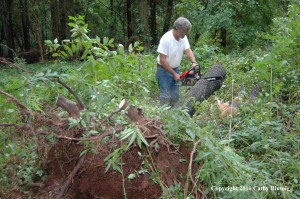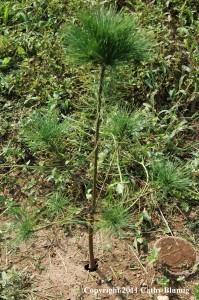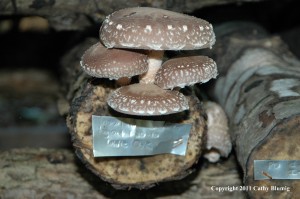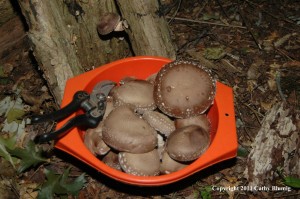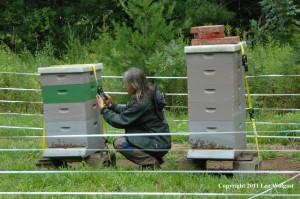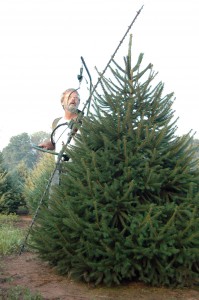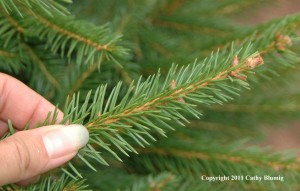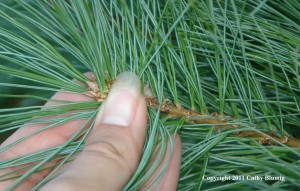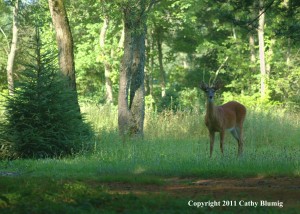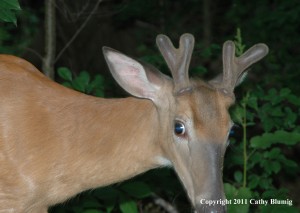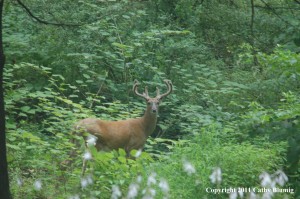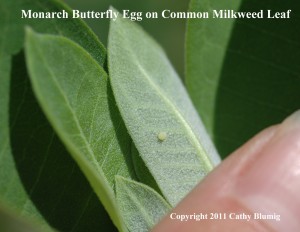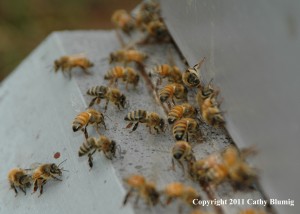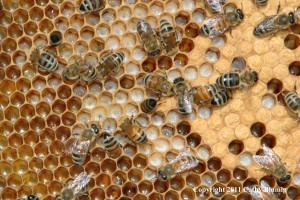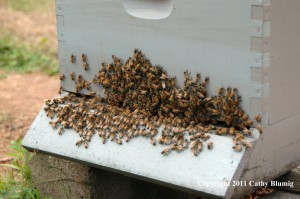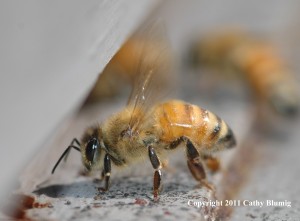Wolgast Tree Farm would like to offer a heartfelt “thank you” to everyone who came out to the farm this year, and wish you all a New Year filled with health, happiness, good fortune and love. It was wonderful to see so many returning customers and to catch up (when we had a moment!) with your family goings-on. We enjoyed too, meeting lots of new faces this past season. That some of you even brought us gifts was extremely thoughtful and touching. Without a doubt we have the best customers around and we feel honored that you chose our Christmas tree farm to be part of your holiday celebrations. We really are lucky!
We’ve already started to get ready for the growing season next year.
Even before Christmas, we were out clearing around stumps to cut them flush with the ground so we won’t hit them when we mow during the summer, and to clear the way for planting seedlings next to them this spring. Soon we’ll be calculating how many seedlings to order and how many of which tree species we should purchase.
In addition to clearing around stumps, the last thing we did in the field today for 2011 was to plant a Scotch pine seedling that one of our customers had given to us a few weeks ago. Apparently, this person’s mother was growing the seedling in a pot and could no longer look after it, so they gave it to us and asked that we plant it in our fields to grow as a Christmas tree. We walked the rows and picked out a spot we thought had the best microsite conditions that would help the tree to grow its best. Time will tell if we were right!
Once again, our sincere thanks to everyone who came out to the farm this past Christmas season, and our best wishes for a 2012 that far exceeds your expectations!
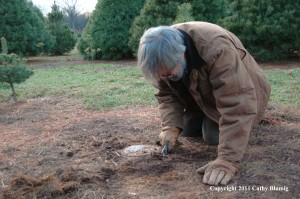
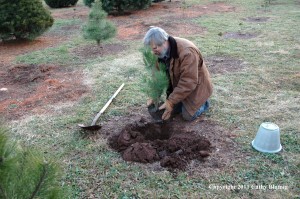
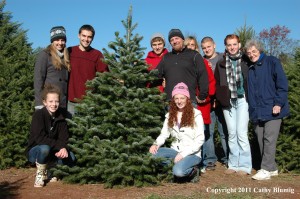
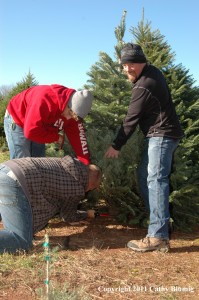
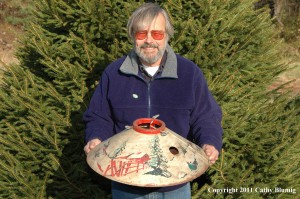
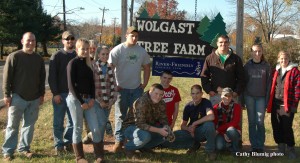
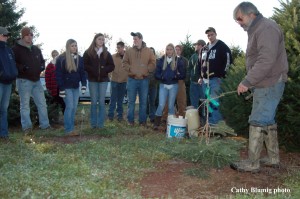
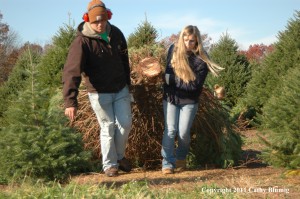
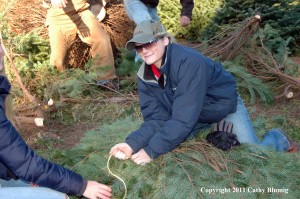
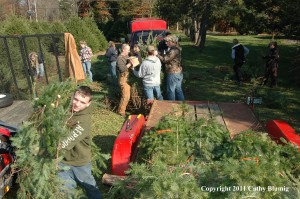
![richardguadagno911[1]](http://www.wolgasttreefarm.com/wp-content/uploads/2011/09/richardguadagno91112.jpg)

